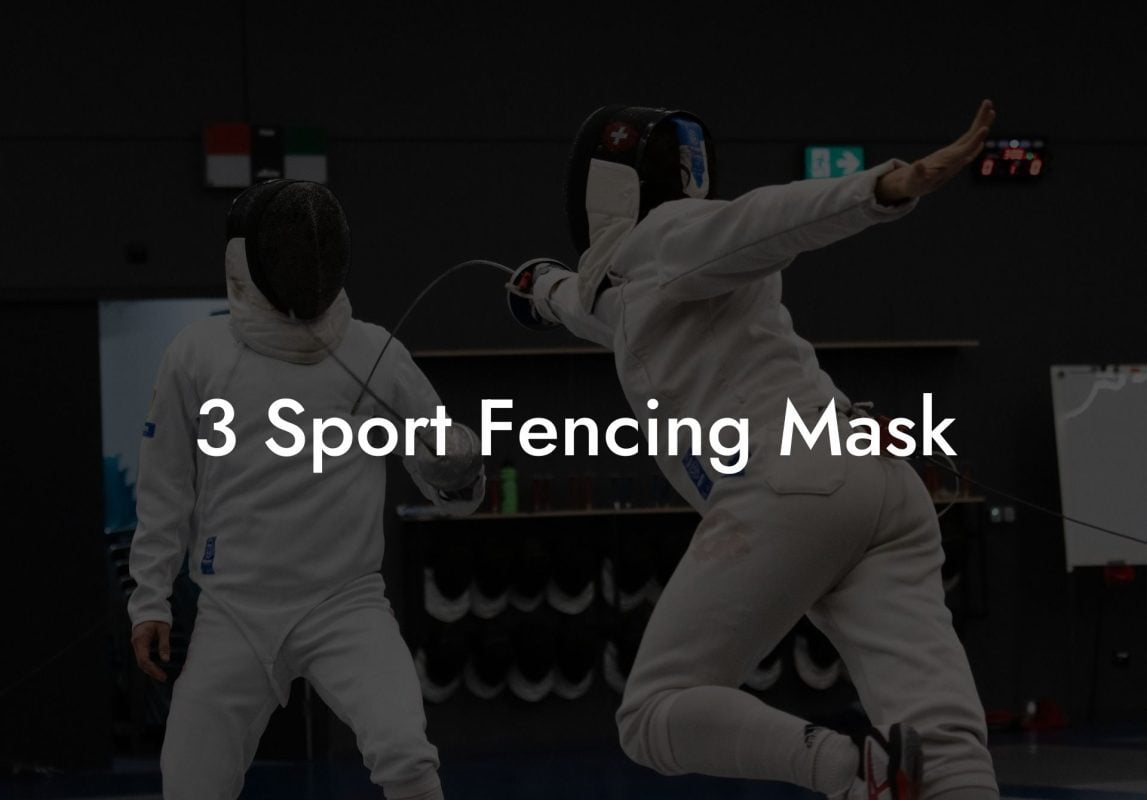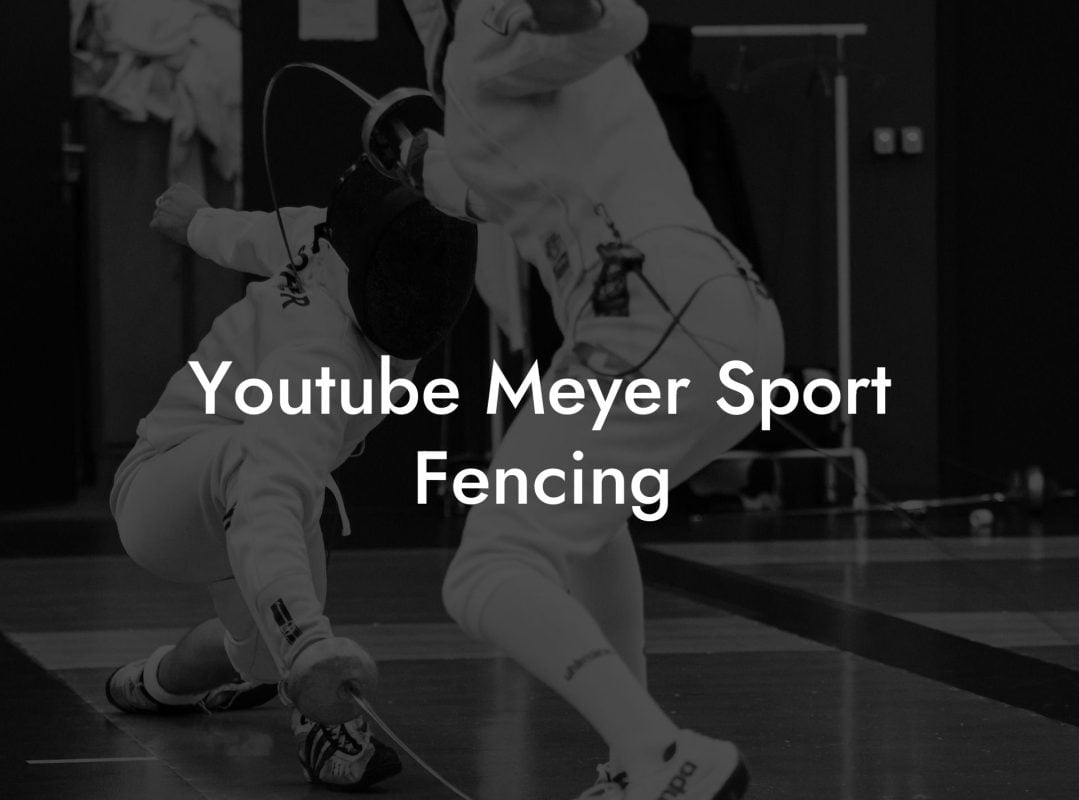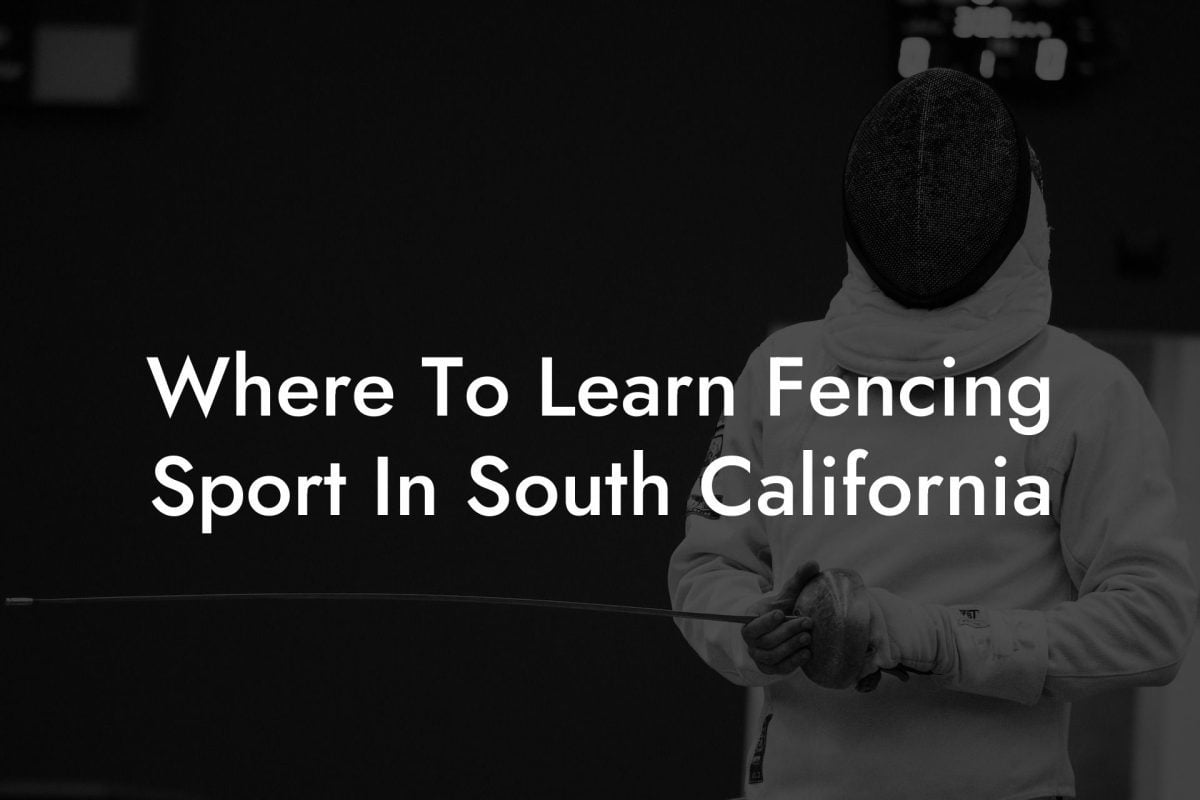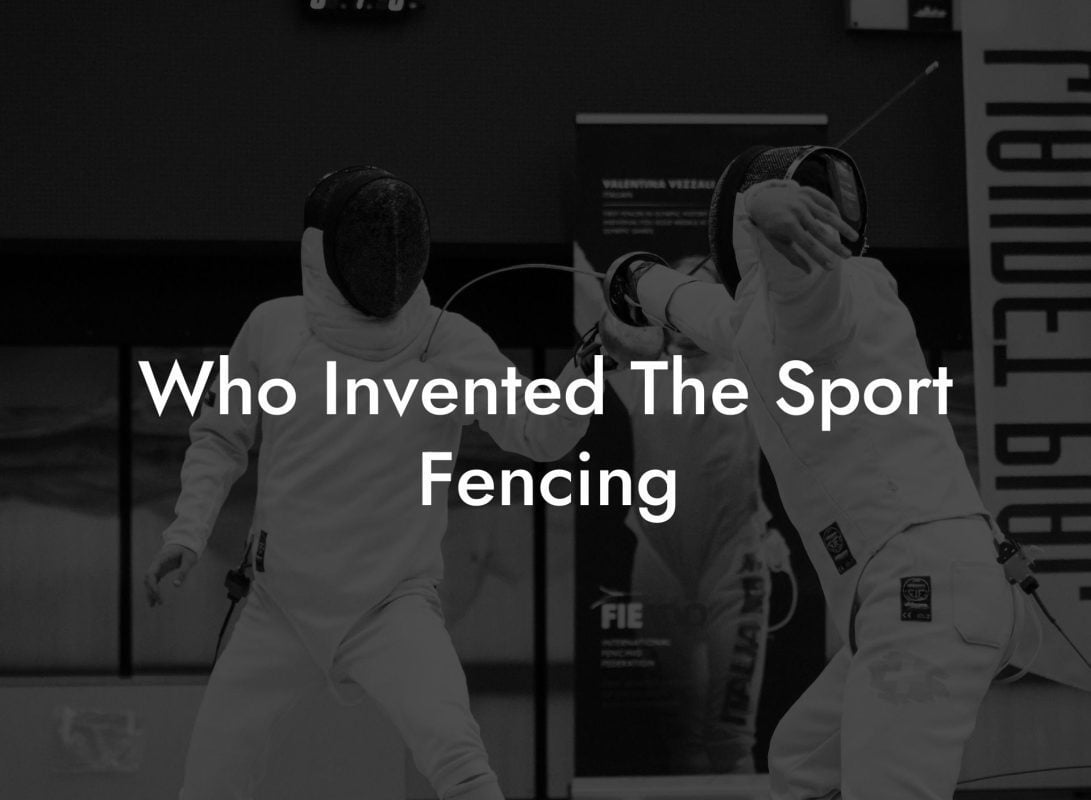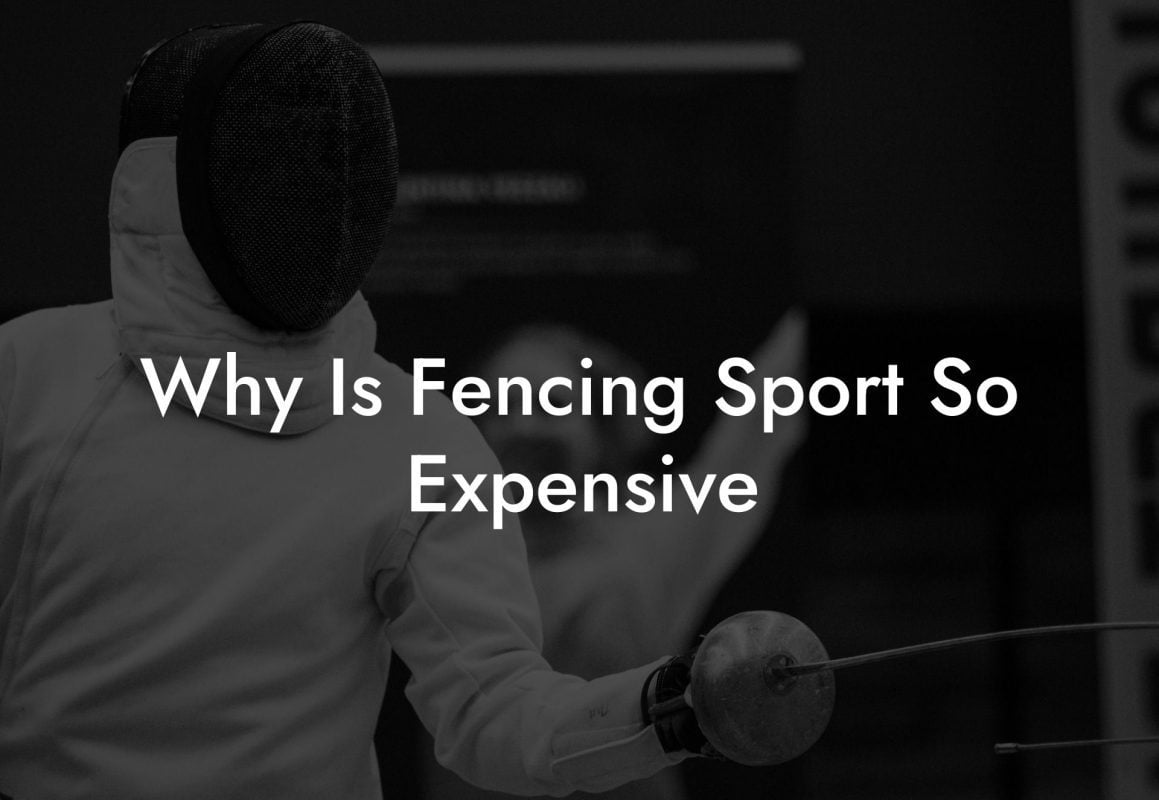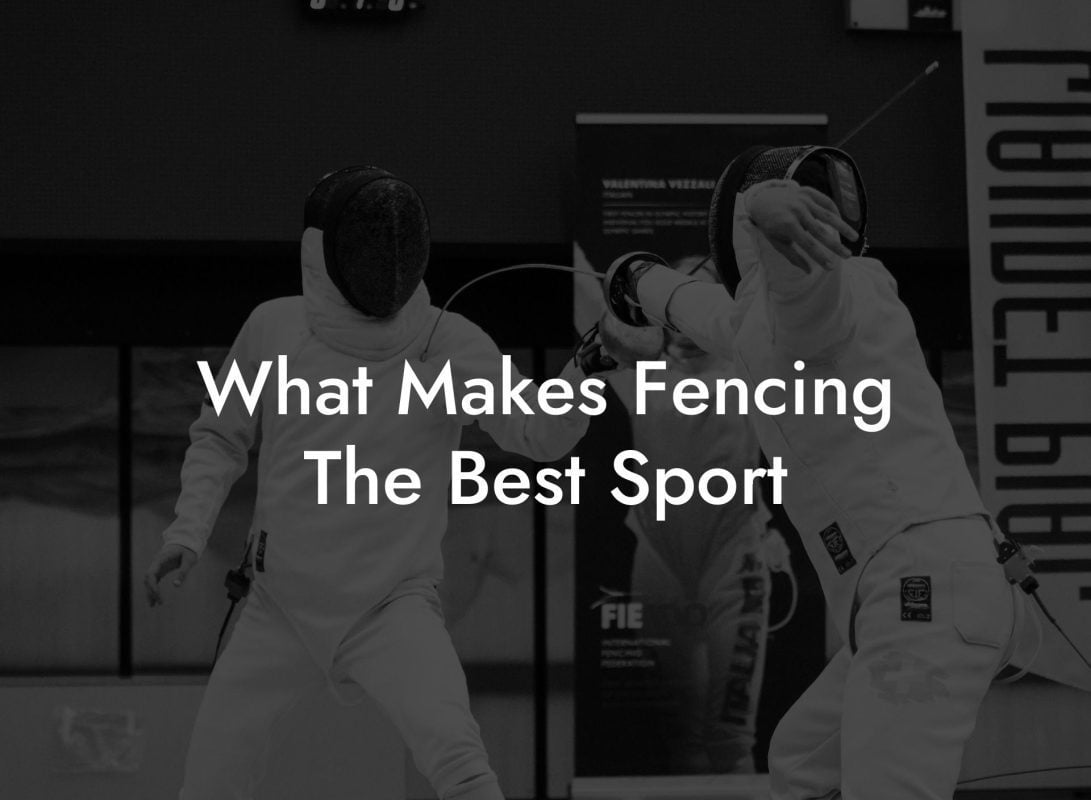Ever wondered how the elegant and strategic sport of fencing evolved into the modern-day phenomenon it is today? This unique and captivating sport has evolved over time, with various influences shaping its development. It's time to unravel the fascinating journey and discover the making of fencing as a contemporary sporting event.
How Fencing Is Made Sport Table of Contents
The Historical Roots of Fencing
The Historical Roots of Fencing
The origin of fencing can be traced back to ancient civilizations, with Egypt being one of the first to depict sword-fighting techniques in art around 1200 BCE. From ancient Rome to medieval Europe, fencing's history reflects a transition from military training to a more sophisticated, codified sport.
Early Fencing Manuals
The Renaissance period, particularly in Italy and Spain, signaled a significant development of fencing as a martial art. During this time, fencing schools emerged, and the tradition of writing fencing manuals began. One of the most famous and influential early fencing treatises is "The Flower of Battles," written by Italian fencing master Fiore dei Liberi in 1409.
Rapier and Smallsword Fencing
The 16th and 17th centuries witnessed the evolution of the rapier, a slender, long, flexible sword. This adaptation led to a more intricate and refined system of swordplay, giving birth to modern fencing techniques. By the 18th century, the smallsword took center stage, resulting in a faster and more aggressive style of fencing.
Establishing Fencing as a Sport
Development of Fencing Rules
The transformation of fencing from a martial art to a sport began with the creation of standardized rules. French fencing master, Charles de Beaumont, laid the foundation for modern fencing rules in his 18th-century work, "L'Ecole des Armes."
Major Contributors
French and Italian fencing schools have played pivotal roles in the evolution of modern fencing techniques and tactics. Key contributors like Camillo Agrippa, Ridolfo Capo Ferro, Domenico Angelo, and Jean-Louis Michel improved upon existing principles and introduced new concepts, revolutionizing the sport's landscape.
Fencing Schools: Sports and Recreation
With the establishment of various fencing schools and clubs worldwide, fencing became more accessible for people of all ages. This change encouraged broader participation and promoted fencing as a recreational sport.
Fencing in the Modern Era
International Fencing Federations and Competitions
In 1913, the International Fencing Federation (FIE) was established, standardizing the sport's rules, equipment, and organization. International competitions like the Olympic Games and World Championships further contributed to the growth and development of sport fencing.
Distinct Fencing Disciplines
Modern fencing now has three distinct disciplines - foil, épée, and sabre. Each weapon has its unique techniques, tactics, and rules, offering a dynamic and diverse sport that caters to different preferences and styles.
Training and Development
With advances in technology and coaching, sport fencing continues to evolve, pushing athletes to perform at their peak. Conditioning, mental preparation, and footwork development have become crucial aspects of a successful fencer's repertoire.
How Fencing Is Made Sport Example:
Next time you watch foil, épée, or sabre fencers in action, observe how they showcase incredible agility, precision, and strategy. Keep in mind the elaborate history and evolution of fencing that has shaped the sport you see today. Their footwork, technique, and tactics have been built upon centuries of development, making modern fencing a true spectacle to behold.
Now that you have a deeper understanding of fencing's rich history and fascinating evolution, you must be eager to witness the electrifying display of skill and technique firsthand. Anchorage Fencing Club encourages you to explore other informative guides on our blog, join our community, and share your newfound knowledge with fellow fencing enthusiasts. Immerse yourself in the world of fencing and witness the incredible legacy unfold before your eyes.



